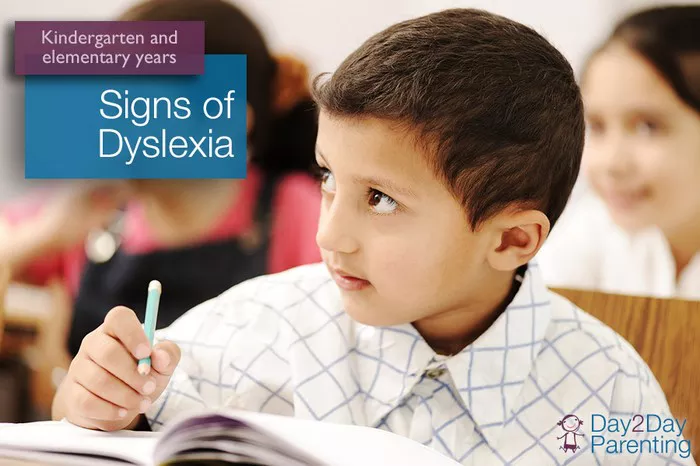Dyslexia is a learning disorder that affects the ability to read, write, and spell. It is estimated that around 5-10% of the global population has dyslexia, making it one of the most common learning disabilities. While dyslexia presents challenges in traditional reading instruction methods, there are specialized reading programs designed to support individuals with dyslexia in developing their literacy skills. In this article, we will explore what dyslexia is, the key features to look for in a reading program for dyslexia, and review some of the best programs available today.
Understanding Dyslexia
Dyslexia is a neurological condition that affects the way the brain processes written and sometimes spoken language. It is characterized by difficulties with accurate and/or fluent word recognition and by poor spelling and decoding abilities. Dyslexia is not related to intelligence; individuals with dyslexia often have average to above-average intelligence but struggle with reading and language-related tasks.
Key Features of a Reading Program for Dyslexia
When evaluating reading programs for dyslexia, several key features should be considered:
1. Multisensory Approach: Effective reading programs for dyslexia use a multisensory approach, engaging multiple senses (such as sight, sound, and touch) to reinforce learning. This approach helps dyslexic individuals strengthen their reading skills through hands-on activities, visual aids, and auditory cues.
2. Structured and Sequential: Dyslexia often affects the ability to recognize and manipulate the sounds of language (phonemic awareness) and understand the relationships between letters and sounds (phonics). A structured and sequential reading program breaks down these skills into manageable steps, providing systematic instruction from simple to complex concepts.
3. Orton-Gillingham Based: The Orton-Gillingham approach is a well-established method for teaching reading to individuals with dyslexia. Reading programs based on this approach focus on explicit, direct instruction in phonics, decoding, encoding, and other foundational reading skills.
4. Individualized Instruction: Dyslexia manifests differently in each individual, so an effective reading program should provide opportunities for personalized instruction tailored to the learner’s specific needs and strengths. This may involve diagnostic assessments to identify areas of difficulty and targeted interventions to address them.
5. Progress Monitoring: A good reading program for dyslexia includes regular progress monitoring to track the student’s growth and identify areas that require additional support or reinforcement. This allows educators and parents to adjust instruction accordingly and ensure continuous improvement.
Best Reading Programs for Dyslexia
1. Wilson Reading System: The Wilson Reading System is a highly structured, multisensory reading program based on the Orton-Gillingham approach. It provides explicit instruction in phonemic awareness, phonics, fluency, vocabulary, and comprehension. The program is designed for students with dyslexia and other language-based learning disabilities and can be adapted for various ages and ability levels.
2. Orton-Gillingham Online Academy: This online platform offers Orton-Gillingham-based training and resources for educators, parents, and individuals with dyslexia. The academy provides comprehensive courses that teach the principles of the Orton-Gillingham approach and how to implement them effectively in reading instruction. It also offers support and guidance for creating individualized lesson plans and interventions.
3. Barton Reading & Spelling System: The Barton System is a structured, multisensory reading and spelling program designed specifically for individuals with dyslexia. It consists of ten levels of instruction, each targeting different phonemic awareness and phonics skills. The program uses a cumulative approach, building upon previously learned concepts to reinforce learning and promote mastery.
4. Lindamood-Bell Programs: Lindamood-Bell offers a range of programs designed to improve reading, comprehension, and language processing skills, including those related to dyslexia. Their programs are based on sensory-cognitive principles and use visual and auditory stimuli to develop phonemic awareness, decoding, fluency, and comprehension. Lindamood-Bell programs are available both in-person and online.
5. Read Naturally: Read Naturally is a research-based reading intervention program that focuses on developing fluency, phonics, vocabulary, and comprehension skills. While not specifically designed for dyslexia, it can be beneficial for dyslexic students, particularly in improving reading fluency and comprehension. The program incorporates repeated reading, audio support, and goal setting to engage and motivate learners.
Conclusion
Choosing the best reading program for dyslexia requires careful consideration of the program’s approach, features, and evidence of effectiveness. While there is no one-size-fits-all solution, programs that incorporate multisensory instruction, structured sequential learning, and personalized support are most likely to benefit individuals with dyslexia. By investing in high-quality reading instruction, we can empower individuals with dyslexia to unlock their full potential and achieve success in literacy and beyond.


